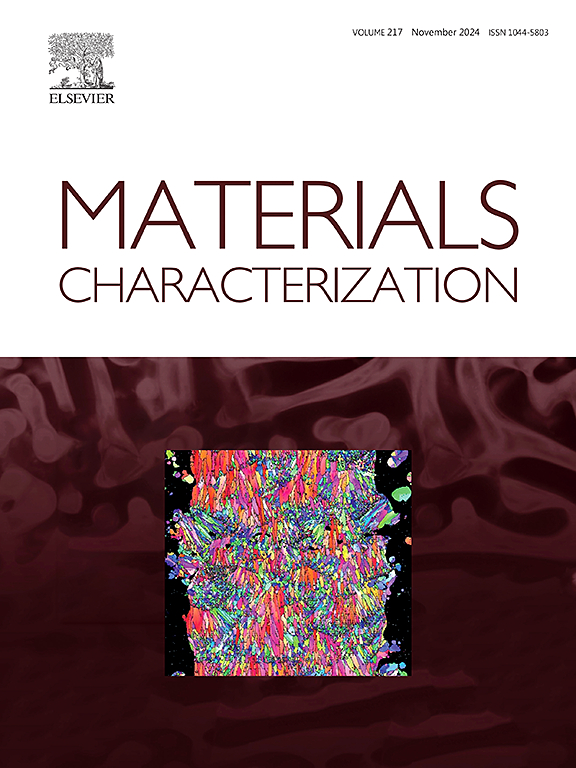Improvement of creep resistance and its mechanism of a F/M steel through the ODS strategy
IF 4.8
2区 材料科学
Q1 MATERIALS SCIENCE, CHARACTERIZATION & TESTING
引用次数: 0
Abstract
With the advancement of fast reactor technology, its cladding materials must be capable of withstanding more intense neutron irradiation, higher service temperature, and longer service lifetime. The properties of currently employed ferritic/martensitic steels, particularly in terms of their creep resistance, fall short of meeting these stringent requirements. This study investigates how the creep resistance was improved for a HT9 steel by the oxide dispersion-strengthening (ODS) strategy. Experimental analyses demonstrate that HT9-ODS steel exhibits markedly superior creep resistance compared to that of conventional HT9 steel. Creep life predictions, based on the Monkman–Grant (M-G) relationship, reveal that under creep conditions of 650 °C and 120 MPa, the creep life of HT9-ODS can reach several hundred thousand hours, significantly higher than that of HT9, which is only in the range of tens of hours. Microstructural investigations indicate that the enhanced creep resistance of HT9-ODS is primarily due to the interaction between ultrafine, high-density nano oxide particles and dislocations during creep. The pinning and attraction of nano-oxide particles on dislocations leads to the generation of ‘threshold stress’. When the creep stress is lower than the threshold stress, creep deformation is difficult to proceed, therefore significantly extending the creep life. To further validate and predict the creep behavior of HT9-ODS, two dislocation creep models were applied, affirming the particle-strengthened dislocation creep mechanism as a key factor in its superior creep performance.
求助全文
约1分钟内获得全文
求助全文
来源期刊

Materials Characterization
工程技术-材料科学:表征与测试
CiteScore
7.60
自引率
8.50%
发文量
746
审稿时长
36 days
期刊介绍:
Materials Characterization features original articles and state-of-the-art reviews on theoretical and practical aspects of the structure and behaviour of materials.
The Journal focuses on all characterization techniques, including all forms of microscopy (light, electron, acoustic, etc.,) and analysis (especially microanalysis and surface analytical techniques). Developments in both this wide range of techniques and their application to the quantification of the microstructure of materials are essential facets of the Journal.
The Journal provides the Materials Scientist/Engineer with up-to-date information on many types of materials with an underlying theme of explaining the behavior of materials using novel approaches. Materials covered by the journal include:
Metals & Alloys
Ceramics
Nanomaterials
Biomedical materials
Optical materials
Composites
Natural Materials.
 求助内容:
求助内容: 应助结果提醒方式:
应助结果提醒方式:


